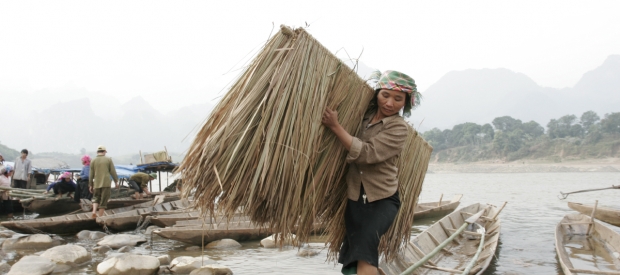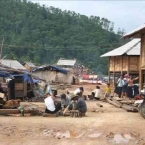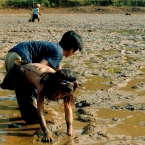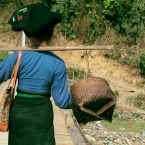Son La Dam
The Son La Hydropower Project is the largest and most complex dam project ever built in Vietnam. The project will displace more than 91,000 ethnic minority people, requiring the largest resettlement in Vietnam’s history. Most of these people will be moved between 50 to 100 kilometers away from their current homes and without access to the Da River—a source of livelihood for most of them.
The affected people include ten different ethnic groups, of which the Thai people comprise the majority. These people live mainly by the river and practice wet rice cultivation. One of the major concerns is a shortage of arable land for resettling the tens of thousands of displaced people.
In 2003, two pilot resettlement sites were established. Initially heralded by the Vietnamese government as model sites that would dramatically improve the lives of the resettled people, studies have shown the pilot project to be a failure. Resettlers lack adequate sources of livelihood in the new site and have difficulties maintaining cultural practices that were integrally linked to their former lands.
In late 2005, Vietnamese researchers undertaking a study of the resettlement program identified two critical problems with the resettlement program: ensuring land-use rights and providing arable land for the resettled people. Additional problems identified by the study include the disintegration of ethnic minority communities due to resettlement and insufficient compensation for lost land, livelihood and infrastructure.
The construction of the US$3.2 billion project was formally started on December 2, 2005 and is expected to be completed by 2015. The resettlement process began in 2005 and is expected to be finished by 2009. International Rivers is working with Vietnamese NGOs to document the process of resettlement at Son La and ensure that affected people are not further impoverished as a result of the project.







